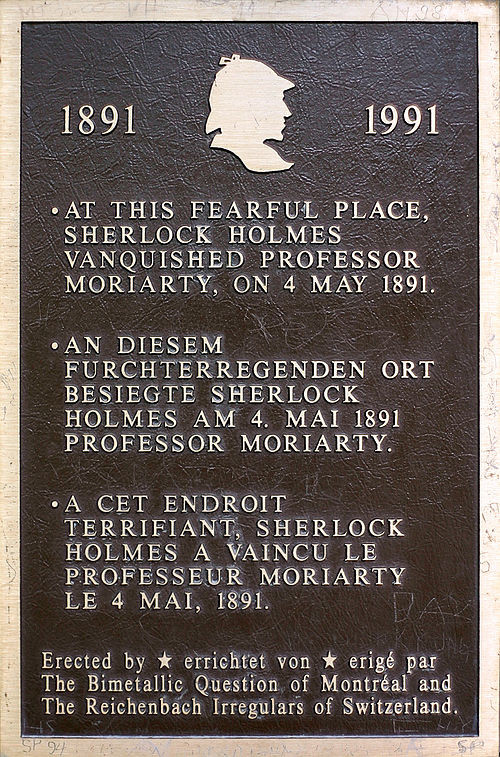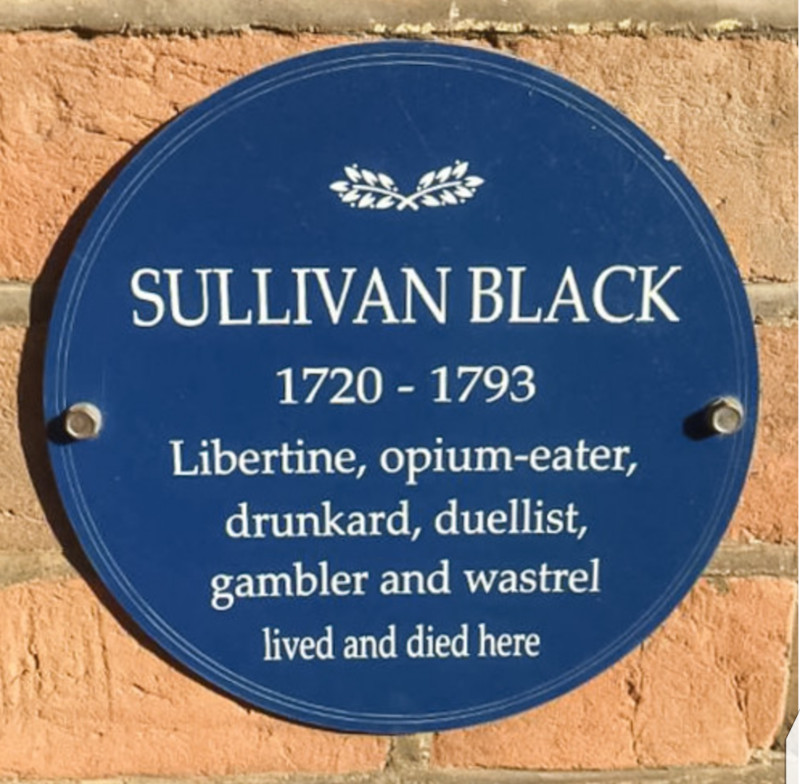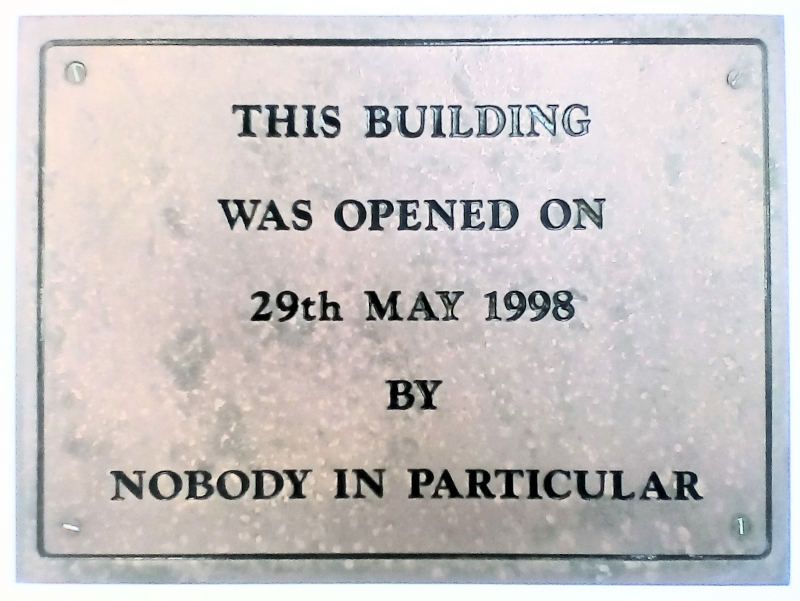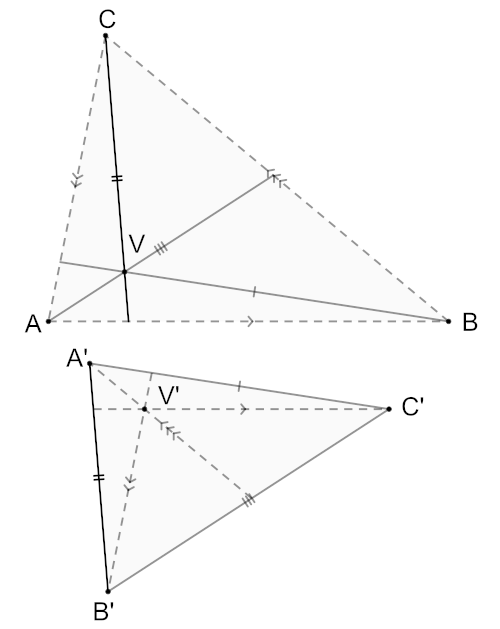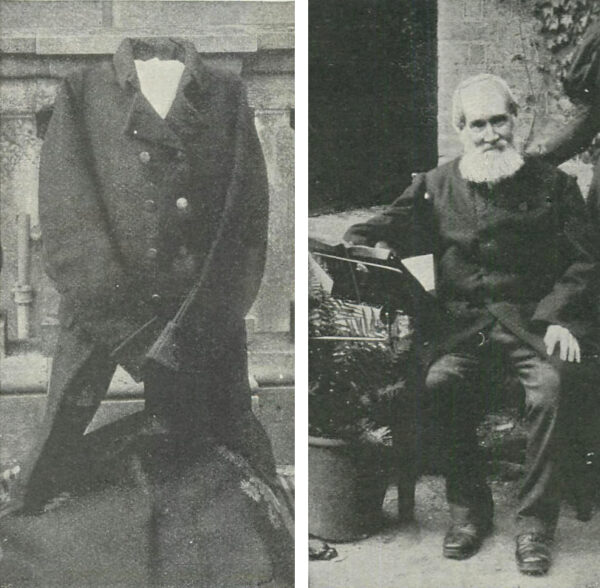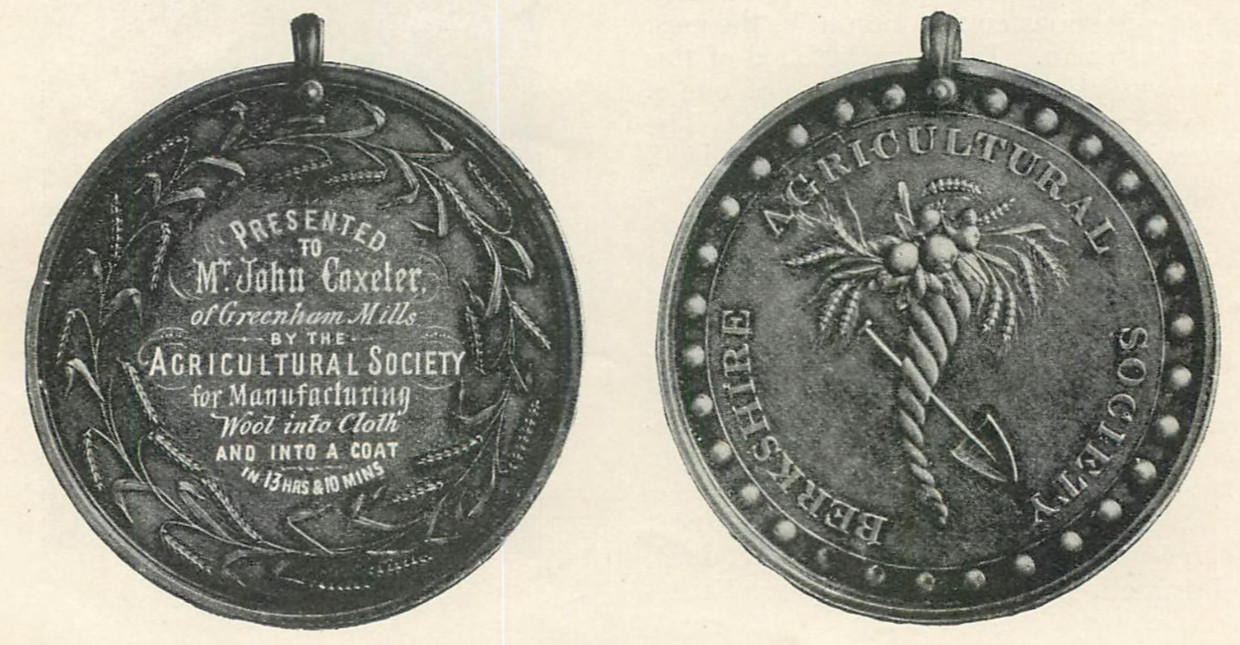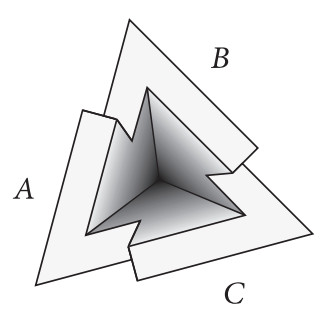
On New Year’s Eve 1914, an enormous wave struck the lighthouse on Trinidad Head outside Trinidad, California:
At 4:40 p. m. I observed a sea of unusual height. When it struck the bluff the jar was very heavy. The lens immediately stopped revolving. The sea shot up the face of the bluff and over it, until the solid sea seemed to me to be on a level with where I stood in the lantern. The sea itself fell over onto the top of the bluff and struck the tower about on a level with the balcony. The whole point between the tower and the bluff was buried in water.
If keeper Fred L. Harrington’s report is accurate, this was the highest recorded ocean wave ever to have struck the west coast of the United States. The lighthouse stood on a bluff 175 feet high, and the wave had managed to extinguish the light at its top, 196 feet above the sea.

